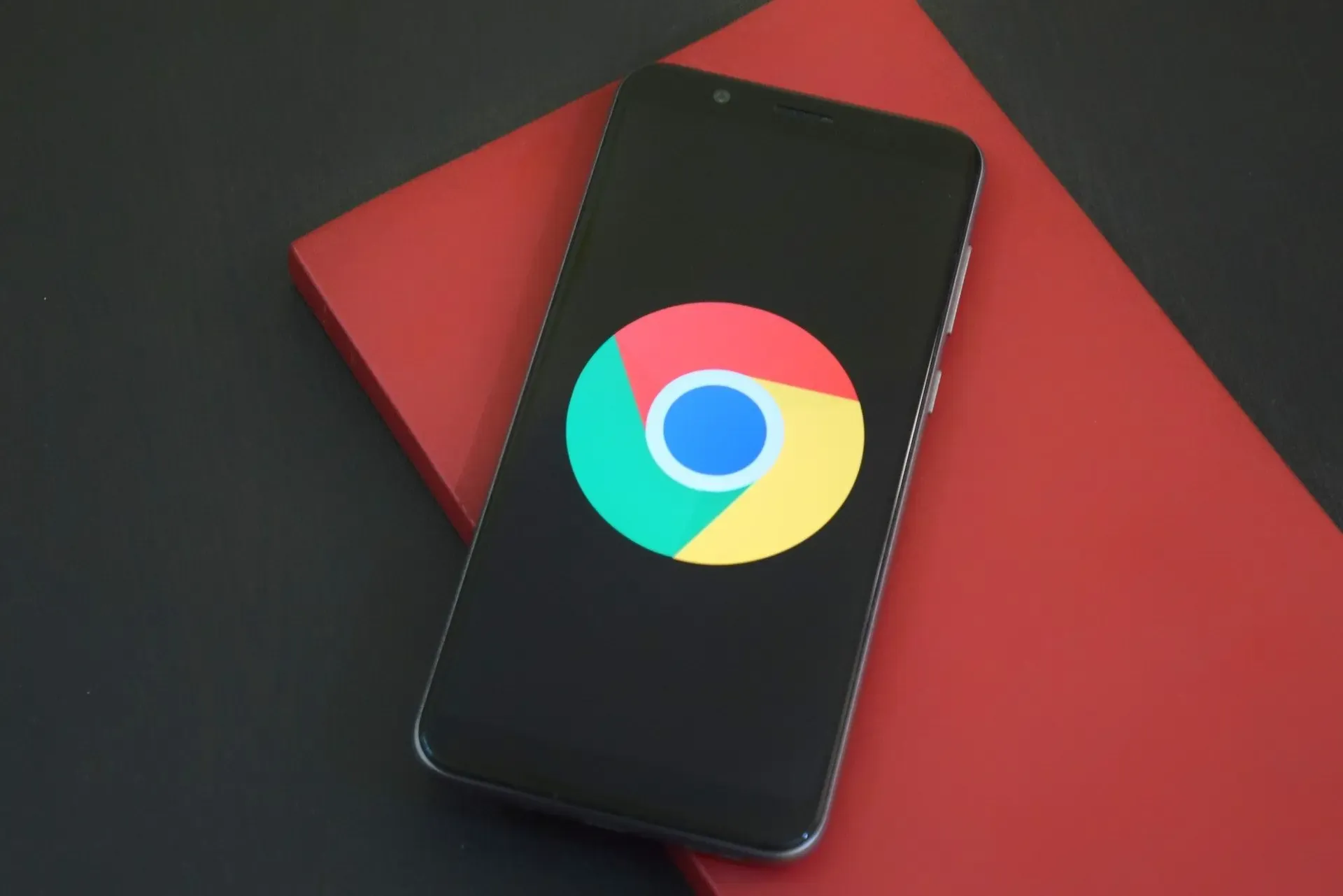eSIM, Device Compatibility
How to Install eSIMs on Google Pixel
Make use of eSIM capabilities on your Pixel phone
Rumours are up in the air about what might be included (or removed) in the Google Pixel 8, which Google is going to reveal in about a month's time on 4 October. One of the biggest buzz surrounding it is that Google might follow in Apple's footsteps and completely remove the physical SIM tray in some regions. Although the latest rumours are that the complete death of the physical SIM tray is probably not happening yet, it probably is just a matter of time before we see that happen.
A complete removal of the physical SIM tray in devices simply means we all move towards the adoption of eSIM, so let's take a look at what exactly eSIM is, and how to use it on a Google Pixel device.

Understanding eSIM Technology
eSIM, short for embedded Subscriber Identity Module, is a revolutionary technology that has transformed the way we use SIM cards in our mobile devices. Unlike traditional physical SIM cards, eSIMs are digital SIM cards that are embedded directly into the hardware of your Google Pixel device. This means that there is no need for a physical card swap when switching between mobile carriers or plans. With an eSIM, you no longer have to worry about losing or damaging your physical SIM card. The eSIM is securely integrated into your device, making it more convenient and reliable. If you are interested to find out more about how eSIMs work, check out our earlier blog post on how eSIMs work to find out more.
Does my Google Pixel phone support eSIM?
Google is one of the earliest brands to support eSIM technology in their smartphones, and all the latest models come equipped with eSIM technology. Here is a list of Google Pixel models that are currently known to support eSIM:
- Google Pixel 2 (only phones bought with Google Fi service)
- Google Pixel 2 XL
- Google Pixel 3 (not including phones bought in Australia, Taiwan or Japan. Phones bought with US or Canadian carriers other than Spring and Google Fi don’t work with eSIM)
- Google Pixel 3 XL
- Google Pixel 3a (not including phones bought in Japan or with Verizon service; not include phones bought in Southeast Asia)
- Google Pixel 3a XL
- Google Pixel 4
- Google Pixel 4a
- Google Pixel 4 XL
- Google Pixel 5
- Google Pixel 5a
- Google Pixel 6
- Google pixel 6a
- Google Pixel 6 Pro
- Google Pixel 7
- Google Pixel 7 Pro
And of course, we can expect the Google Pixel 8 and subsequent models to most definitely come with eSIM support.
However, it is also imperative to note that while the device themselves can support eSIM technology, not all telcos and operators provide eSIM support for the same devices. So before you commit to getting an eSIM, be sure to check with your mobile operator to make sure that your device is supported.
Installing an eSIM on Google Pixel
As with other smartphones, installing an eSIM on Google Pixel is straightforward. There are two main ways you can install an eSIM to your Google Pixel: by scanning a QR code, or by manual input. Scanning a QR code is recommended since it's way more straightforward, but either method works.
Take note that when you are installing your eSIM, you will need to have a stable internet connection.
Using QR code
To add an eSIM using QR code, follow the below steps:
- Open the Settings app, then select Network & Internet
- Tap SIMs or select the '+' icon next to it.
- Tap Download a SIM instead
- Scan the QR code that is given to you by your provider
- Select Download and follow the instructions on screen
Using Activation code
To add an eSIM using Activation code, follow the below steps:
- Open the Settings app, then select Network & Internet
- Tap SIMs or select the '+' icon next to it.
- Tap Download a SIM instead
- Select “Use Activation Code” and follow the instructions on screen.
Using Dual SIMs
If you have a Pixel 3a or later Pixel phone, your phone comes with the capability to support dual SIMs using an eSIM. This means that you have the option of using two SIMs: one physical SIM card and one eSIM. You will be able to use different SIMs for different actions, such as messaging, calling, or for data. This feature is known as Dual SIM Dual Standby (DSDS).
And if you are on a Pixel 7 and Pixel 7 Pro phones, it is also possible for you to use 2 eSIM profiles simultaneously. However, this is subject to whether your carrier supports it.
It is easy to switch between the different SIM or eSIM profiles. Simply go to Settings > Network & Internet > SIMs > Your Network and set your preferred profile for each action.



